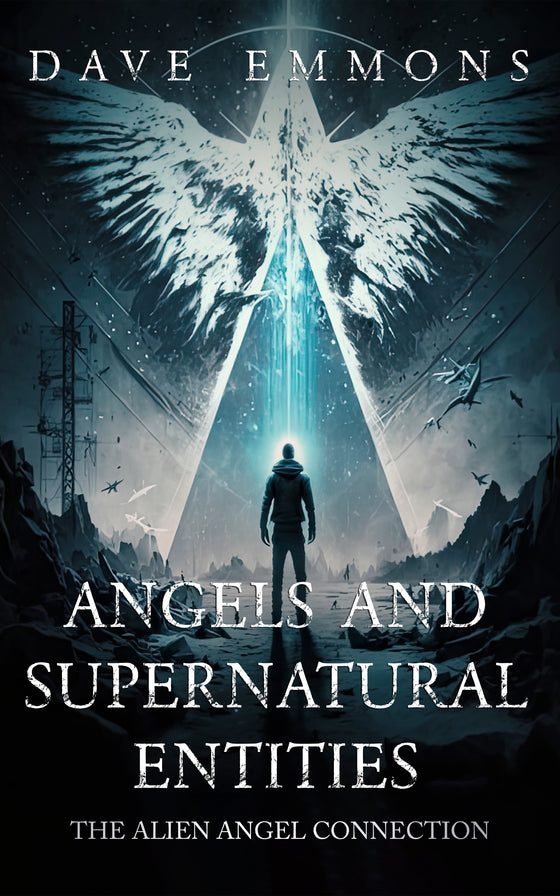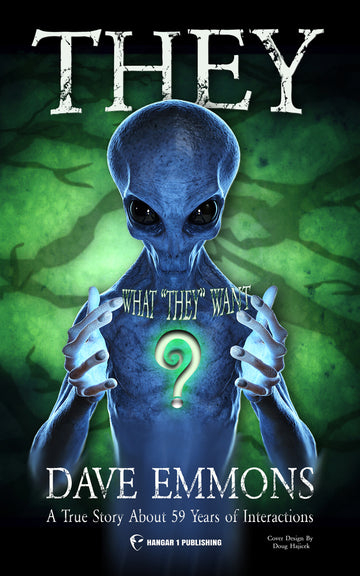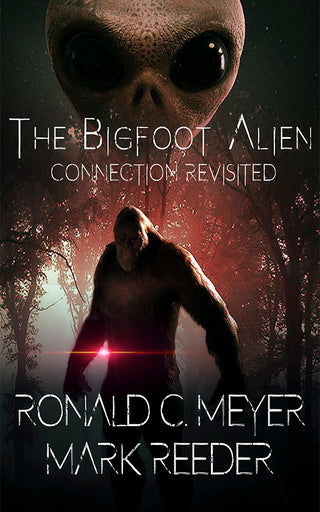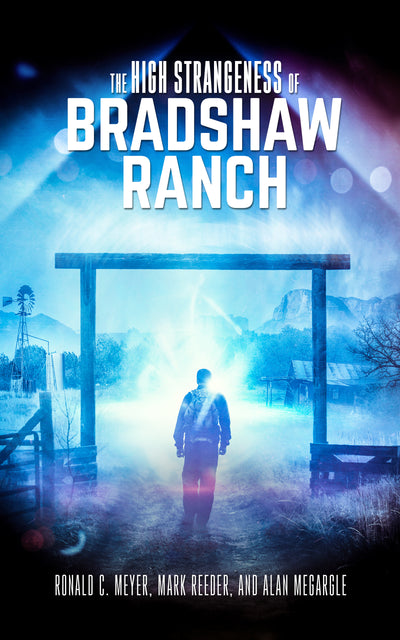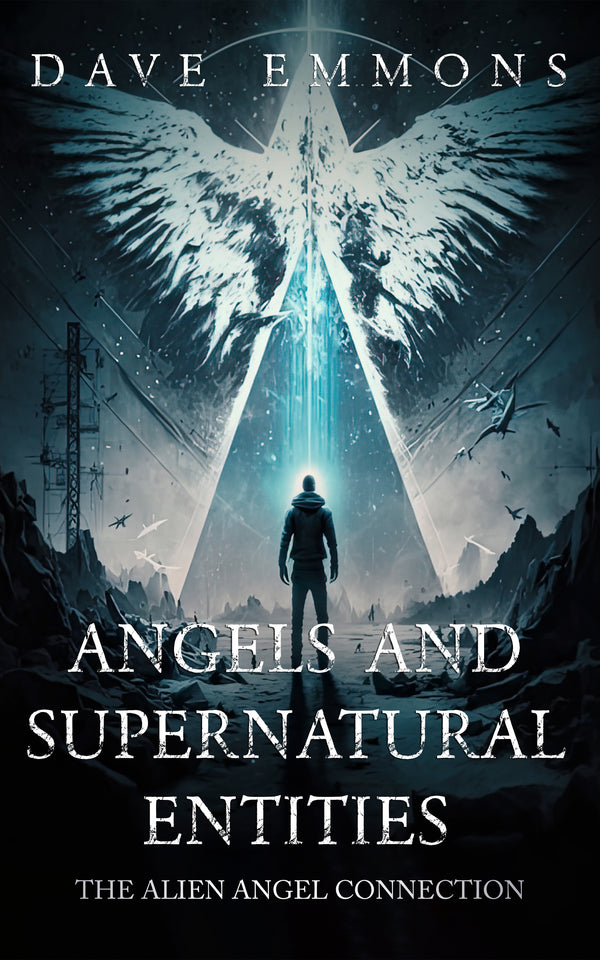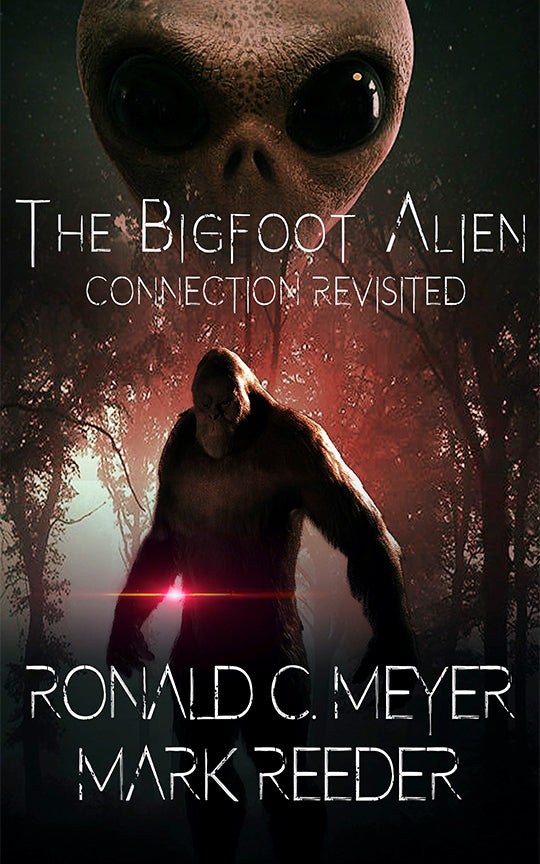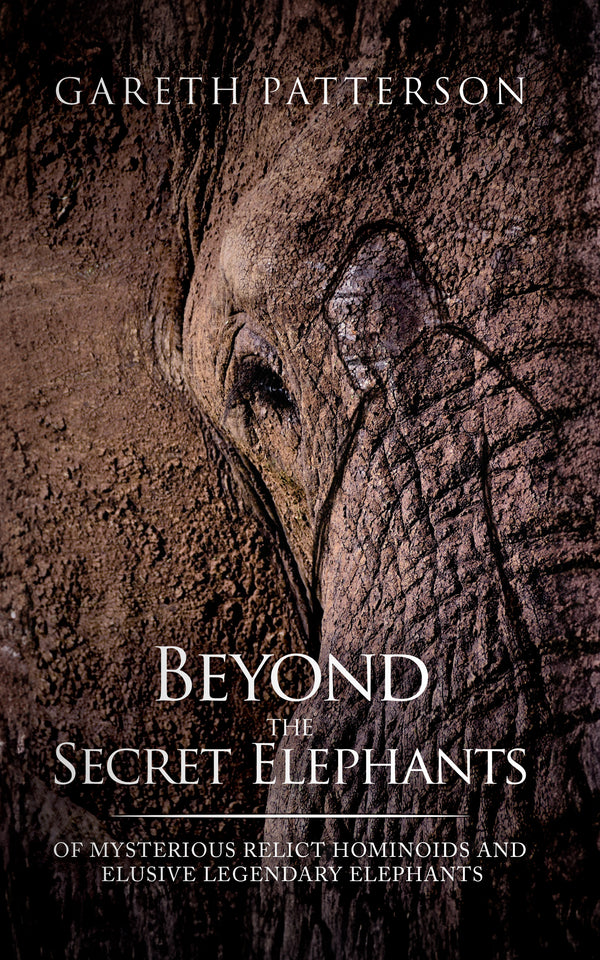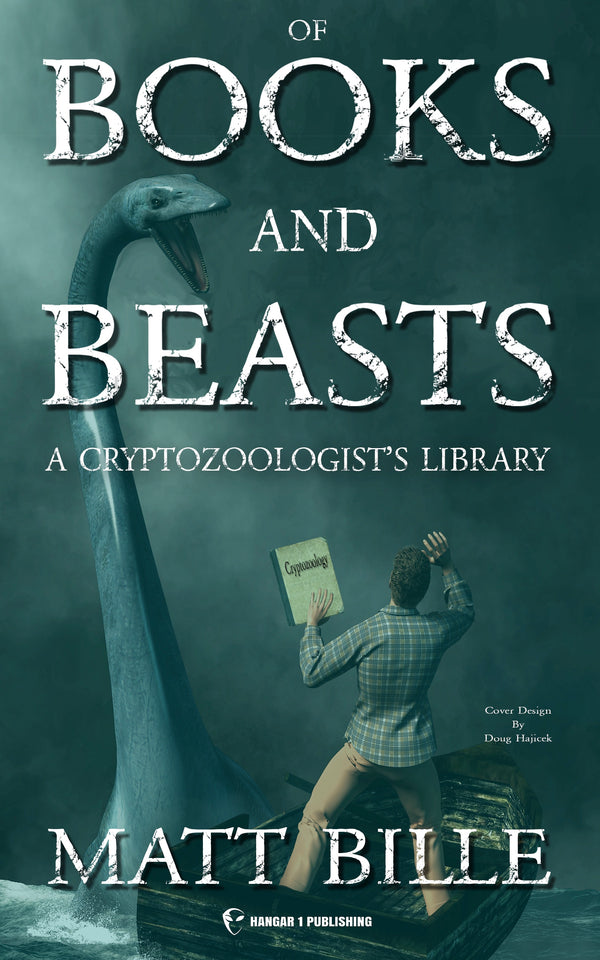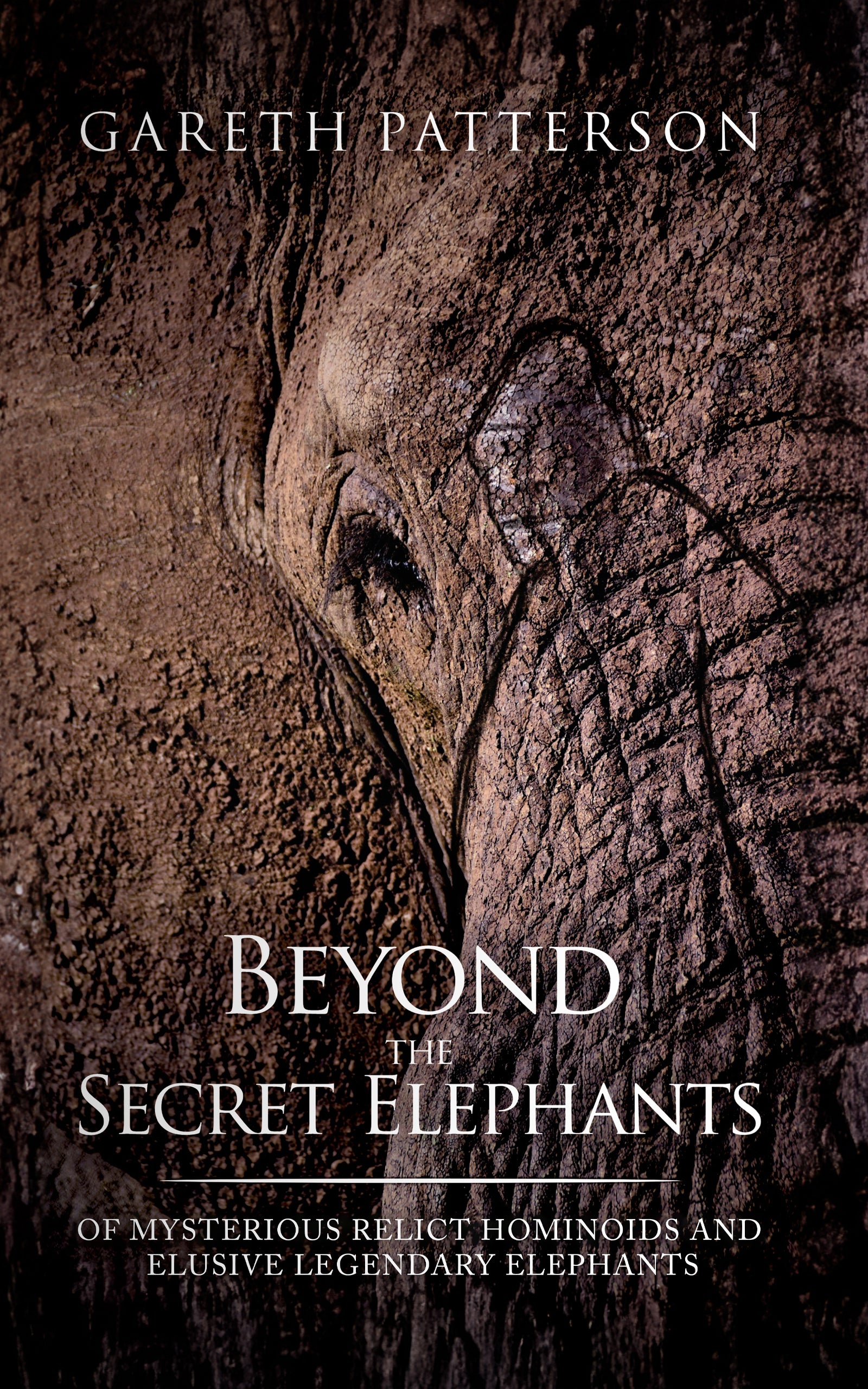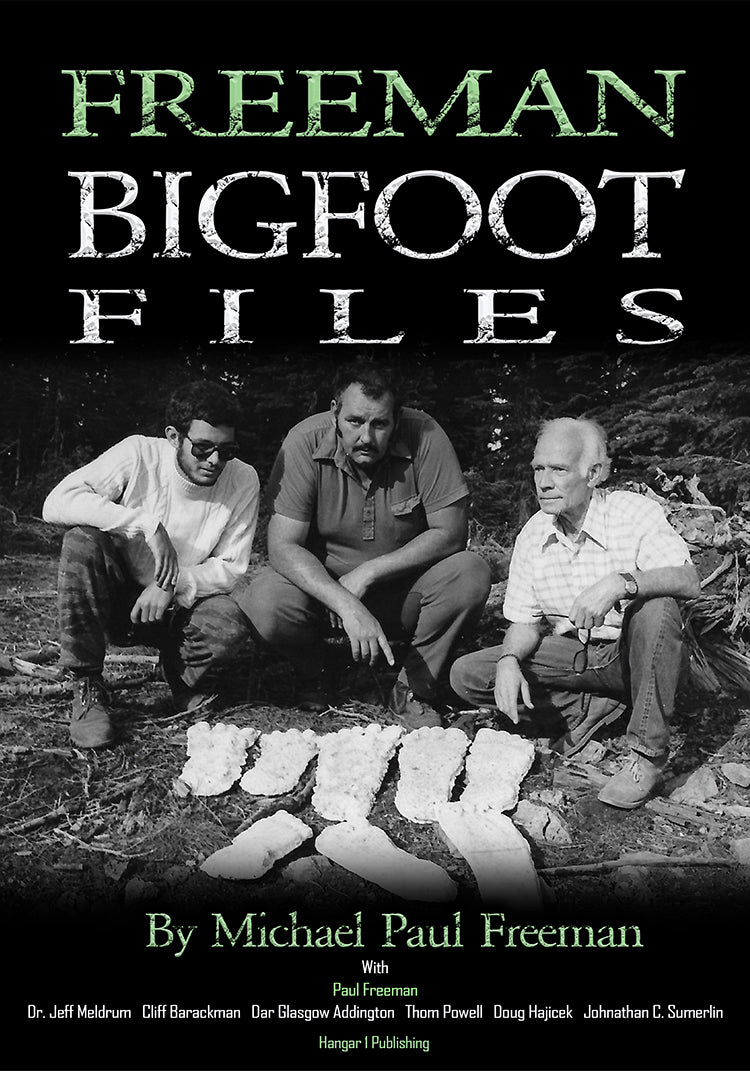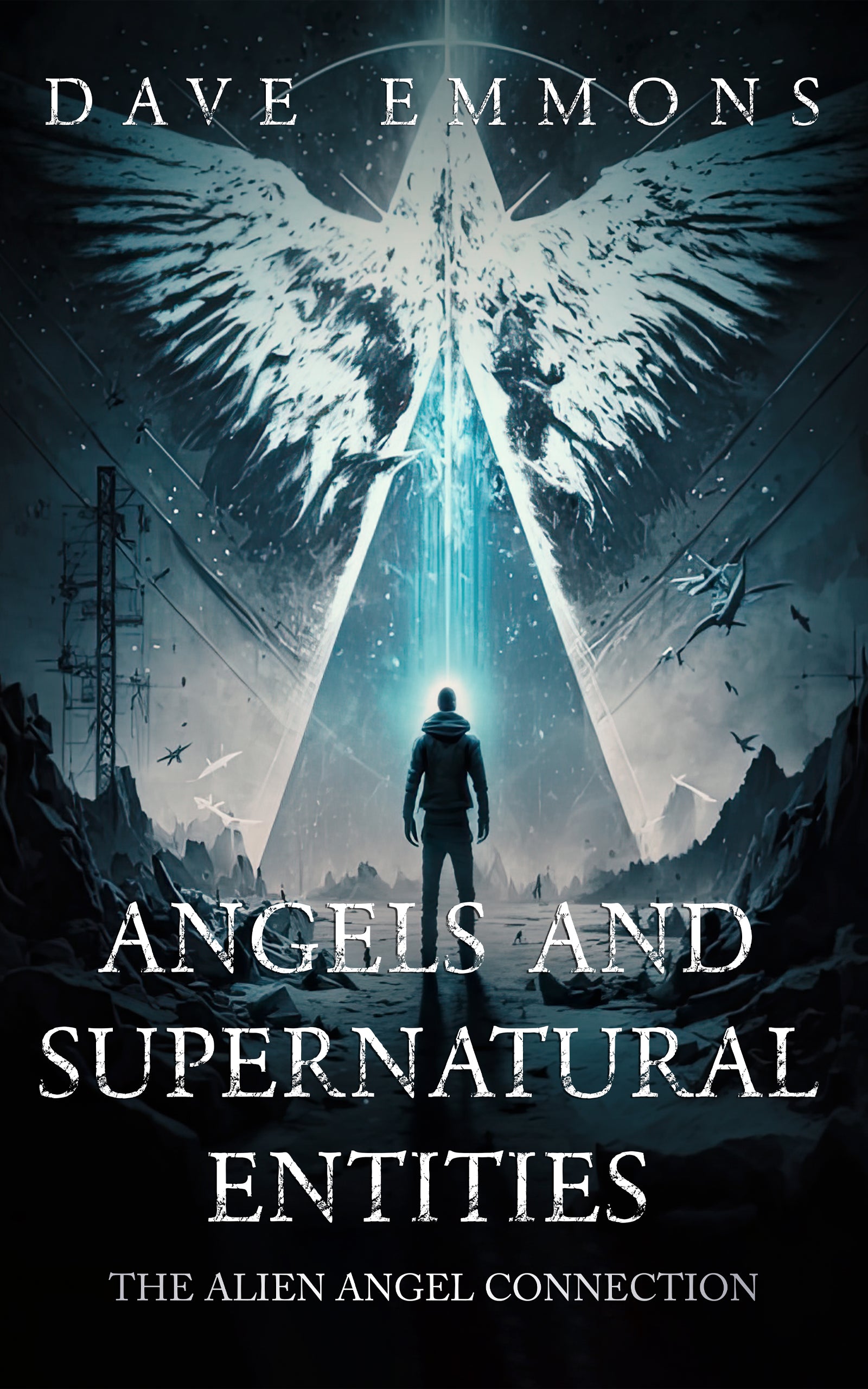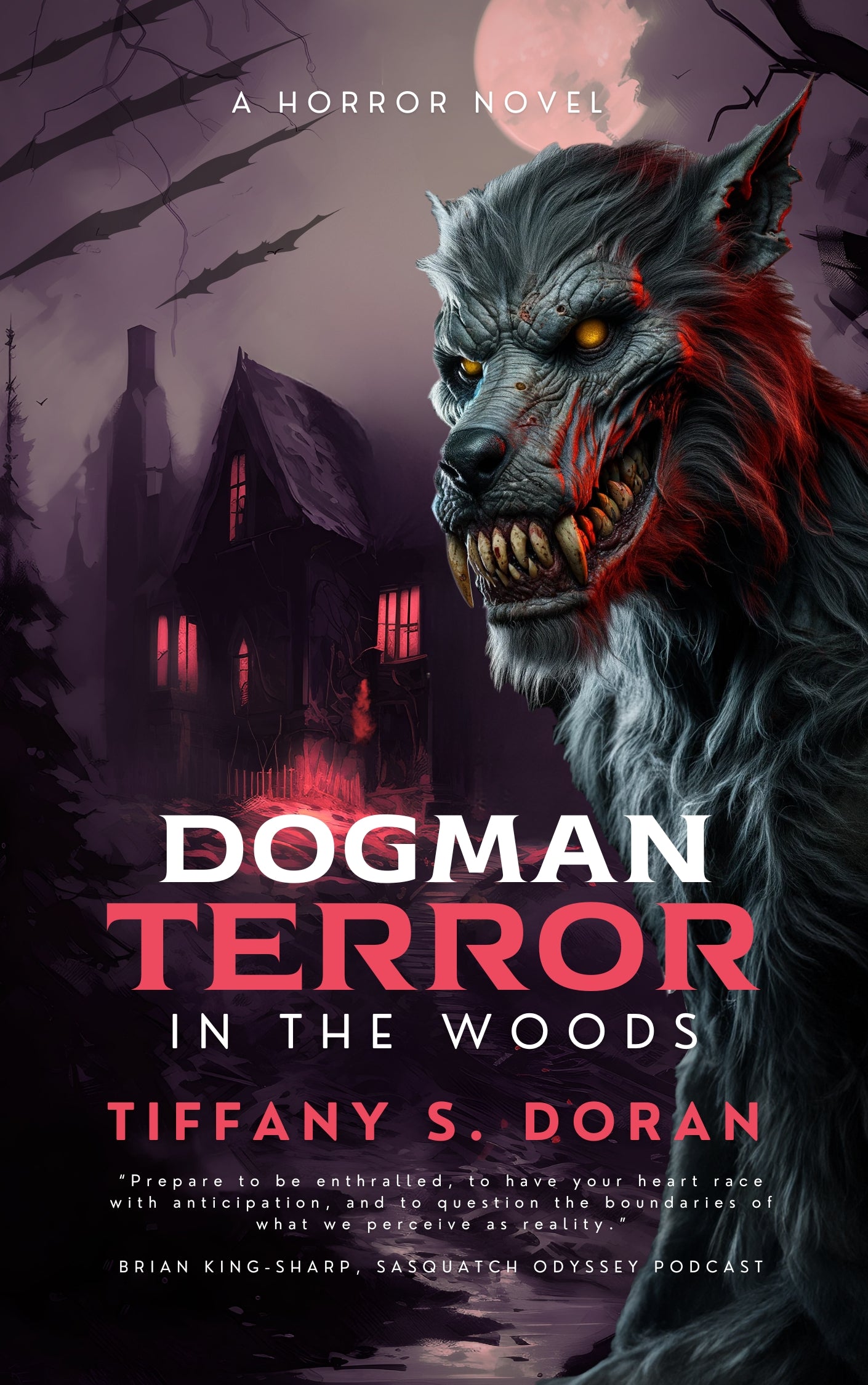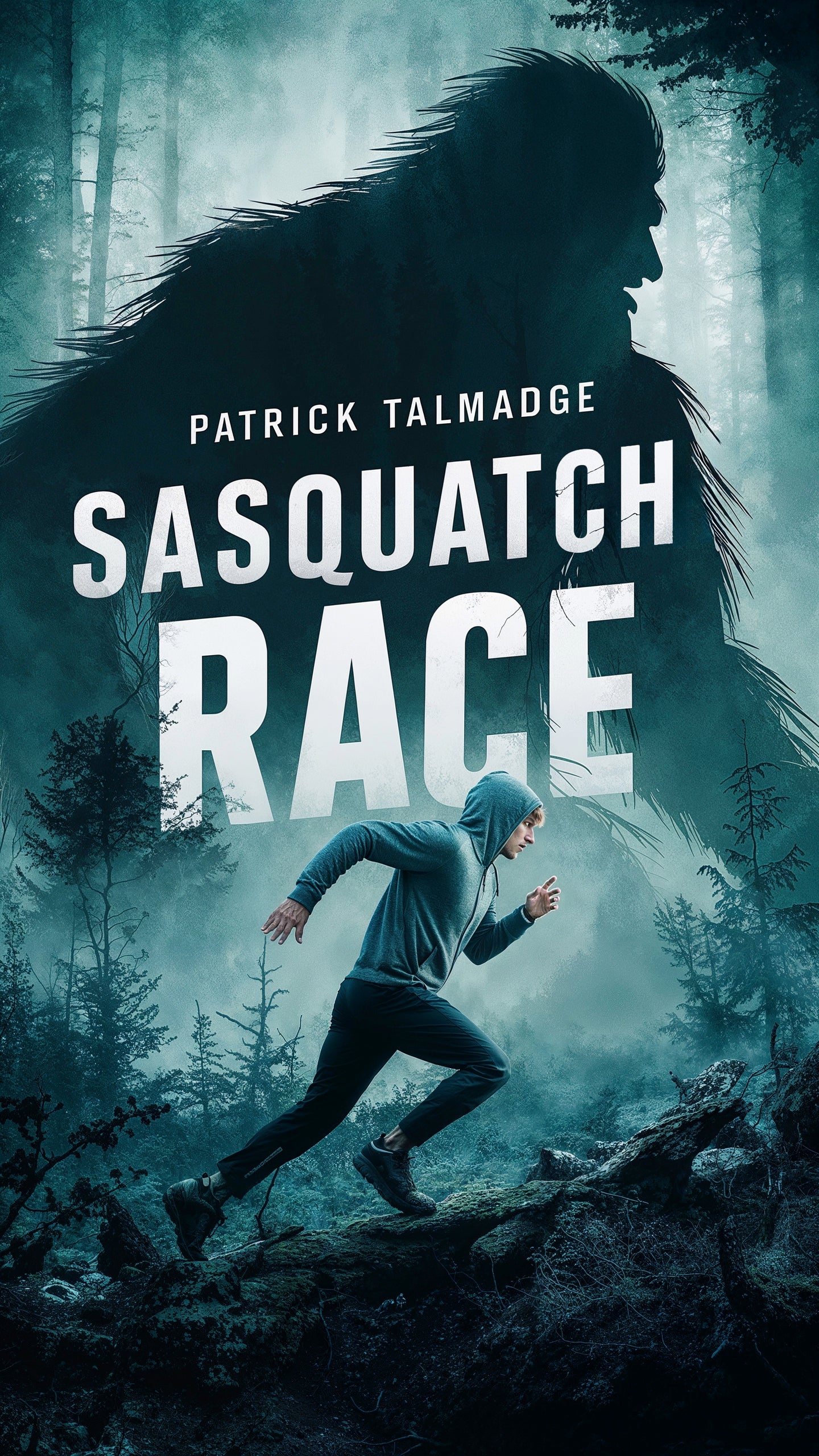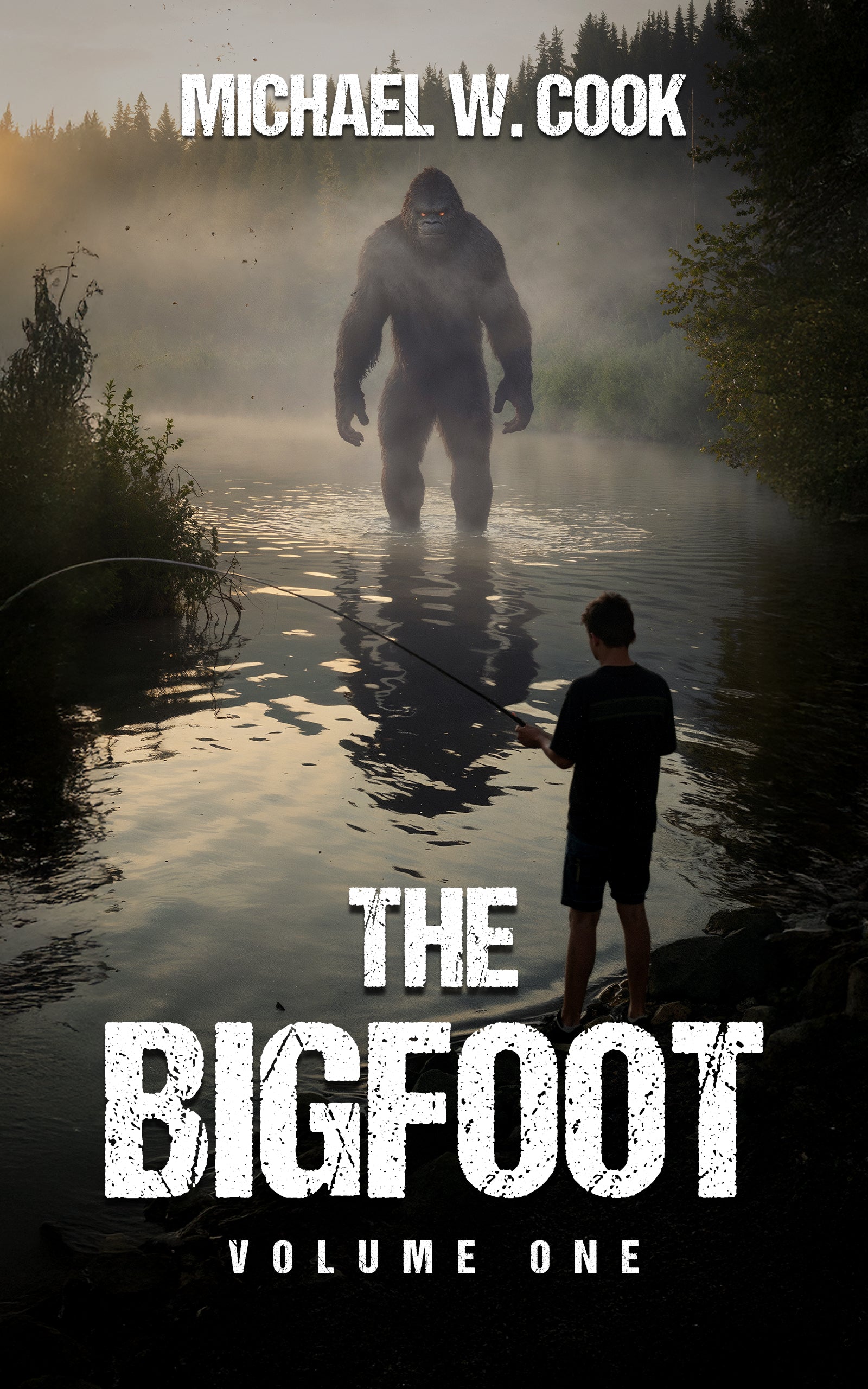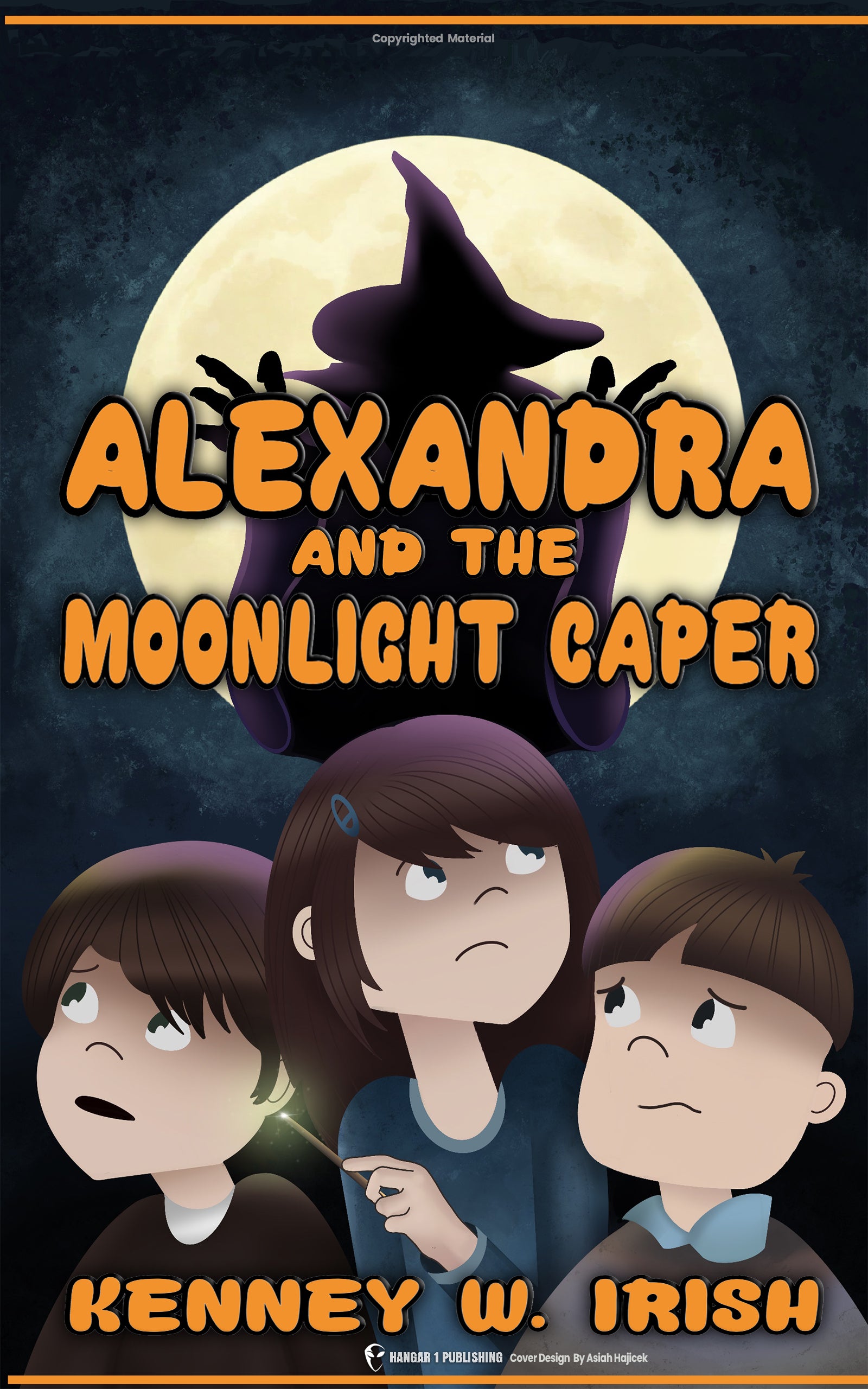UFO Crash in Brazil (Varginha Incident)
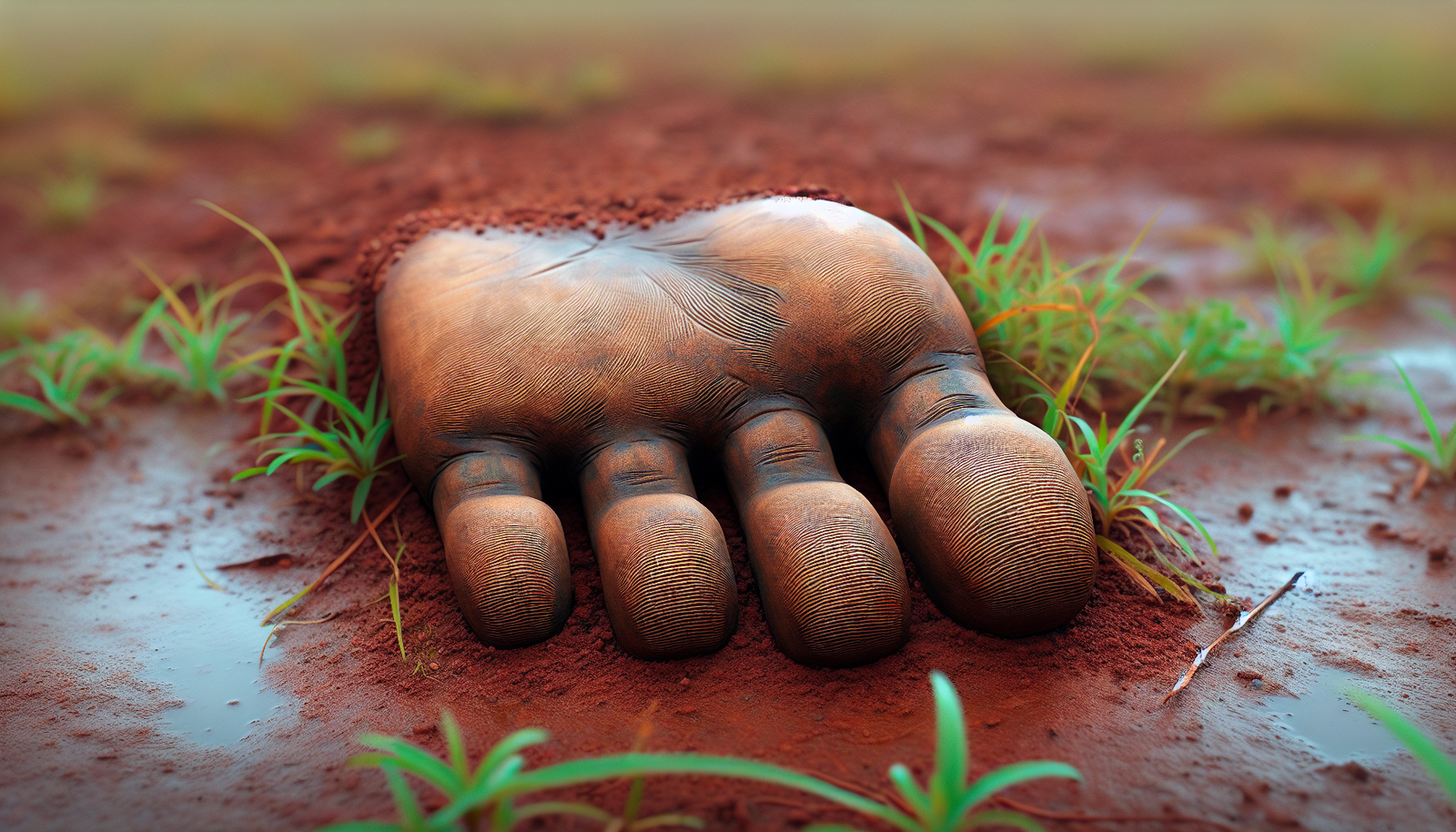
By Elaine Westfield, Ufologist
Introduction: Varginha, Brazil - Where the Ordinary Met the Extraordinary
Imagine a city known primarily for its coffee, nestled in the rolling hills of Minas Gerais, Brazil. Varginha, a place of relative quiet, suddenly found itself on the world stage in January 1996. Not for its beans, but for bizarre reports of crashing unidentified flying objects, strange creatures skulking in vacant lots, and a scrambling military seemingly trying to keep a lid on something extraordinary. It’s a story that quickly earned the moniker "Brazil's Roswell," a testament to the chilling parallels: whispers of recovered technology, non-human entities, and an official narrative that many felt didn’t quite add up.
What exactly transpired in Varginha during those fraught days remains a subject of intense debate. Was it a genuine encounter with extraterrestrial visitors, their craft failing them far from home? Or were the events a cascade of misidentification and fear, amplified by media attention? This wasn't just a fleeting blip on the radar; the Varginha incident burrowed deep into the town's identity, spawning local legends, UFO-themed water towers, and attracting investigators like James Fox, whose documentary "Moment of Contact" reignited global interest. We'll explore the sequence of events – from the first alleged sighting of a falling craft to the terrifying encounter with a creature witnesses called "the devil," the ensuing military activity, the tragic death of a young police officer, and the official explanations that sought to ground the soaring speculation. It’s a journey through conflicting accounts, where eyewitness conviction clashes head-on with government denials, leaving us to ponder what truly disturbed the peace of this Brazilian city.
Act I: The Anomalous Arrival - Whispers of Something Falling
The strangeness didn't descend all at once; it started, as these things often do, with unsettling observations from the sky. On January 13th, 1996, several days before the incident exploded into public consciousness, an ultralight pilot named Carlos de Souza reported seeing something highly unusual. De Souza, engaged in a simple flight, spotted an object he described as cigar-shaped, roughly the size of a school bus, flying erratically. He famously compared its struggling movements to a "broken washing machine," suggesting a craft in serious trouble, trailing white smoke – not the black smoke one might expect from a conventional engine fire.
Thinking it was an aircraft needing assistance, de Souza followed its path. He claimed to have arrived at a crash site near Varginha, finding the area littered with debris and permeated by an overpowering stench, like rotten eggs or sulfur – a smell so noxious he had to cover his face. Perhaps the most startling part of his account concerns the debris itself. He described picking up a piece of metal, light as aluminum foil, crumpling it in his hand, only to watch it spring back to its original shape upon release. This detail immediately brings the Roswell incident to mind, where similar claims about "memory metal" were made by witnesses like Jesse Marcel. De Souza’s discovery was short-lived, however, as he reported being confronted by military personnel who arrived swiftly and ordered him away at gunpoint. It is worth noting, however, that some researchers question the timing, suggesting de Souza’s story might have surfaced only *after* the more famous creature sightings gained traction.
The plot thickened in the pre-dawn hours of January 20th. Farmers Eureko and Orina de Freitas, living just outside Varginha, were disturbed not by a crash, but by the panicked sounds of their cattle. Stepping outside, they observed a similar, large cigar-shaped object hovering low over their pasture. It moved slowly, silently, shrouded in a clear white smoke, eventually heading towards Varginha. The significance of their account lies in its independence; they reported what they saw seemingly without knowledge of de Souza's earlier sighting or the events about to unfold later that day. It was another piece a strange puzzle beginning to form, an unsettling prelude to the encounter that would truly define the Varginha incident.
Act II: The Creature Unseen - The Famous Encounter
The encounter that cemented Varginha in UFO lore occurred not under the cloak of darkness, but in the full light of day. Around 3:00 PM on January 20th, three young women – sisters Liliane Silva (16) and Valquíria Silva (14), and their friend Katia Xavier (21) – were taking a shortcut through a vacant, grassy lot between houses. It was a familiar path turned utterly alien when they stumbled upon something crouched amidst the weeds. What they described seeing has remained remarkably consistent over the decades.
They depicted a being about four feet tall, entirely hairless, with skin that was brown and appeared strangely oily or greasy. Its head was disproportionately large, perhaps three times the size of a human head according to their accounts, crowned with three distinct bumps or protrusions. But it was the eyes that seemed to sear into their memory: enormous, glowing red, and apparently lacking pupils. Compounding the visual shock was a foul odor, similar to the sulfur or ammonia reported by Carlos de Souza at the alleged crash site. The girls felt an immediate, visceral terror, initially blurting out that they had seen the "devil."
Yet, their description went beyond mere monstrousness. They consistently reported that the creature seemed weak, perhaps injured or sick, quivering as it crouched. Crucially, they perceived its fear mirroring their own. Katia Xavier later spoke of a moment of intense eye contact, a silent communication where she felt the being was pleading for help, radiating distress and fear. It wasn't an aggressive monster, but something seemingly vulnerable and suffering. Terrified, the trio fled, running home to tell their families. Luiza Silva, the sisters' mother, exhibiting considerable courage, decided to return to the lot with Katia about half an hour later. The creature was gone, but Luiza claimed the horrible smell lingered. More significantly, she asserted she found a strange footprint in the soft dirt – a print with only three long toes or "fingertips." While no photo or cast exists, her specific description added another layer of high strangeness. This encounter, relayed quickly to local news and broadcast on Brazilian television, was the spark that ignited the Varginha firestorm, transforming local rumor into a national, and soon international, phenomenon.
Act III: The Swarming Authorities - Reports of Capture and Cover-Up
As the story of the creature encounter spread like wildfire through Varginha, another narrative thread began to emerge: an unusually heavy and conspicuous military presence. Residents reported seeing army trucks and personnel – some in uniform, others in civilian attire but sporting tell-tale military haircuts – actively patrolling and searching parts of the town throughout January 20th. These sightings reportedly occurred both before and after the girls' famous encounter, suggesting a level of official activity that predated the public alarm. Accounts surfaced of military cordons blocking access to certain areas, and while less consistently reported, some even mentioned hearing gunshots. The overarching feeling was that the authorities were engaged in a focused operation, looking for something specific and preventing public access.
Whispers soon turned into claims of actual capture. Two distinct stories circulate regarding the apprehension of these alleged entities. One involves the local fire department, which, reportedly being under military police command, was called out to investigate sightings of a "strange animal" near the park where the girls had their encounter. According to some witnesses cited in reports and documentaries like "Moment of Contact," the firefighters managed to capture a creature using a net, claiming it cried "like a child" as it was subdued. This being was then supposedly taken to a local hospital.
The second, and perhaps more pivotal, capture narrative centers on military police officer Marco Eli Chereze. Around 5:30 PM on January 20th, Chereze and his partner, Eric Lopes, were allegedly patrolling when a creature darted across the road in front of their vehicle. The story goes that Chereze, acting instantly, jumped out and managed to grab the creature with his bare hands, wrestling it into their vehicle and transporting it, like the first, to a hospital. This alleged direct physical contact would prove tragically significant.
Officer Chereze's story took a dark turn shortly after the reported capture. He complained of a strange, greasy residue on his skin that wouldn't wash off and a persistent smell of ammonia. He soon fell ill, developing a severe, unidentified infection. Less than a month later, on February 15th, 1996, after undergoing surgery for what was officially described as a pre-existing cyst in his armpit, 23-year-old Marco Chereze died. The official cause was listed as pneumonia or a resulting hospital infection. However, Chereze's family, particularly his sister Marta Tavares, vehemently disputes this. They, along with many believers in the Varginha incident, maintain that he died as a direct result of exposure to the creature – possibly an alien pathogen. Marta has even claimed authorities admitted to her mother that a cover-up was underway to prevent societal panic, and allegations of missing medical records have only deepened the suspicion surrounding his untimely death.
The movement of these captured entities became another focus of the burgeoning legend. Witnesses reported seeing military convoys transporting items in black body bags or metal boxes between hospitals (like the Regional and Humanitas hospitals) and military facilities (like the ESA Army Base near Três Corações and later, allegedly, the EsPCEx base in Campinas). The anonymous "Military X" featured in "Moment of Contact" provided chilling testimony, claiming he was part of a team that transported a lifeless body from Humanitas Hospital. He described the tense, fearful atmosphere among the doctors and military personnel present and recalled seeing the creature's foot, noting its oily skin and peculiar structure – having only two or three toes. He also mentioned seeing a military member with a camera, suggesting filmed evidence might exist.
The alleged cover-up escalated to an international level with claims, notably from a Brazilian air traffic controller, that the United States military became directly involved. This controller asserted that two USAF planes landed unannounced at the airport in Campinas. From there, US helicopters reportedly flew to Varginha, collected "something" – presumed by believers to be the captured creatures and crash debris – returned to Campinas, loaded the cargo onto the planes, and departed for the United States. This theory posits that Brazilian authorities, perhaps overwhelmed or lacking the resources, ceded control of the situation and the recovered materials to their American counterparts, effectively burying the incident under layers of international secrecy.
Act IV: The Official Narrative and the Counterpoint of Skepticism
Faced with escalating media frenzy and public demand for answers, the Brazilian military and government eventually offered their official explanation for the strange happenings in Varginha. Predictably, it involved no crashed spaceships or captured aliens. The conclusion of their investigation, elements of which were released years later, sought to bring the extraordinary events firmly back down to Earth.
The Creature Sighting: Mistaken Identity?
Regarding the creature seen by Liliane, Valquíria, and Katia, the official report pointed to a case of mistaken identity. They proposed the girls had encountered a well-known local homeless man, Luis Antonio de Paula, nicknamed "Mudinho" ("little mute"). Mudinho suffered from mental and physical disabilities and was often seen crouching low to the ground. The theory suggested that on that rainy January day, Mudinho might have been covered in mud, and his unusual posture and appearance, combined with the girls' fear, led them to perceive him as a monstrous or alien being. The young women, however, have consistently refuted this, stating forcefully that they knew Mudinho by sight and what they saw was definitively *not* him.
Military Presence: Routine Activity?
The heavy military presence reported by numerous citizens? That was explained away as simply routine. Trucks were supposedly in the area for scheduled maintenance at a nearby workshop, and personnel were engaged in regular training exercises based out of the local military school (ESA). Officials flatly denied any unusual deployment, secret searches, or attempts to capture anything out of the ordinary. Critics, of course, found it hard to reconcile the sheer scale and secrecy of the reported military actions – roadblocks, armed patrols seemingly searching for something – with mere "routine work."
Officer Chereze's Death: Medical Complications?
Officer Marco Chereze's tragic death was officially attributed to complications from a pre-existing condition. The government stated he died from a strong hospital infection contracted after undergoing surgery for a cyst, an operation they claimed was scheduled *before* the January 20th events. They asserted he had no involvement whatsoever with any captured creature or alien encounter. Yet, the perceived lack of transparency surrounding his rapid decline, the family’s insistence on his involvement, the accounts from medical staff suggesting confusion over his illness (like Dr. Cesario Lincoln Furtado's statement in "Moment of Contact" about the undetermined cause of death), and the alleged missing records continue to make the official explanation deeply unsatisfying for many.
Skepticism and Alternative Explanations
Naturally, a healthy dose of skepticism surrounds the entire Varginha narrative. Beyond the official denials, critics point to the lack of concrete, verifiable physical evidence. There are no widely accepted photographs or videos of the craft or creatures, no scientifically analyzed debris samples that confirm an extraterrestrial origin, and the intriguing three-toed footprint described by Luiza Silva was never preserved. Skeptics suggest that misidentification remains the most likely explanation – perhaps not Mudinho, but an unusual animal, or even cleverly constructed hoaxes. The intense media spotlight and the pre-existing cultural fascination with UFOs could have easily fueled a form of mass psychogenic illness, or mass hysteria, where fear and suggestion lead people to interpret mundane events as extraordinary. Think of historical parallels like the Dancing Plague or modern ones like the Mothman sightings – fear can be contagious. It's also possible that later witness accounts were unconsciously shaped or embellished by the initial, widely publicized stories. Even some ufologists, like Ubirajara Rodrigues, who initially investigated, later conceded the lack of scientific proof for the capture. Add to this instances of potential deliberate misinformation, such as the debunked claim by Spanish investigator J.J. Benitez about finding triangular "landing marks" that turned out to be post holes and an anthill, and the picture becomes decidedly murky. The core tension remains: the powerful, emotional testimonies of eyewitnesses versus the lack of irrefutable proof and a plausible, if contested, official denial.
Act V: Echoes and Enduring Intrigue - Details That Keep the Mystery Alive
Despite the official story and plausible skeptical arguments, certain peculiar details about the Varginha incident simply refuse to fade away, keeping the embers of mystery glowing. The consistency of the reported foul smell – ammonia or sulfur – at both the alleged crash site and near the creatures is one such persistent detail. While mundane sources exist, its specific linkage across different parts of the narrative is hard to ignore. Then there’s Carlos de Souza’s account of the shape-memory metal, a direct echo of Roswell that, if true, points to materials beyond typical understanding at the time.
The creature itself remains a focal point. The detailed descriptions provided by multiple, initially independent witnesses – the oily brown skin, the oversized head with three bumps, the huge red eyes – paint a vivid, consistent, and utterly strange picture. Luiza Silva’s specific claim of a three-toed footprint adds another layer, even without physical preservation. Perhaps most unusual is the reported demeanor of the creature: not imposing or threatening, but seemingly sick, weak, and frightened. This portrayal deviates significantly from many pop-culture alien depictions and lends a strange pathos to the encounter.
Beyond the core sightings, other associated events remain puzzling for believers. The tragic death of Officer Chereze continues to be debated, with the official explanation failing to satisfy those convinced of his direct involvement and exposure. The accounts of five animals dying mysteriously at the Varginha Zoo months later, with one report mentioning a "caustic substance" found during a necropsy, have been speculatively linked to an alien pathogen introduced by the creatures, though timelines vary and concrete connections are unproven.
Fueling the belief in a cover-up are numerous supporting accounts. The alleged missing medical files for Chereze, the sightings of military personnel operating in civilian clothes, the reports of sudden roadblocks, and claims that authorities confiscated evidence like photos and X-rays all contribute to a narrative of deliberate suppression. Adding potent fuel are the "Men in Black" style encounters reported by key witnesses. Luiza Silva described men in dark suits offering her a briefcase of money to retract her daughters' story and leave the country. Carlos de Souza recounted being approached by similarly dressed men who knew unsettling details about his life and warned him to forget what he saw. These tales of intimidation, whether real or embellished, fit perfectly within the classic UFO cover-up framework. The persistent claims by researchers like Vitório Pacaccini, who insists he was shown a 35-second film fragment of the creature, and filmmaker James Fox's reports of facing threats while investigating the case, keep the possibility of hidden evidence tantalizingly alive.
This enduring belief isn't just held by fringe figures. The reported conviction of Varginha's current mayor, who believes the interconnectedness of events points to something real having happened, provides a degree of local validation. Ultimately, the sincerity projected by the primary witnesses, particularly the three young women who have stuck to their story for decades despite ridicule, resonates deeply. Varginha itself has leaned into its strange legacy. UFO tourism is now a part of its economy, complete with statues and themed businesses – a constant reminder of the days when something extraordinary, or at least perceived as such, visited their city.
"Moment of Contact": A Modern Examination of the Case
The Varginha story might have faded somewhat from international view had it not been for the 2022 documentary "Moment of Contact." Directed by James Fox, a filmmaker already known for his work on UFO documentaries like "The Phenomenon," the film thrust the case back into the spotlight. Fox traveled to Varginha, interviewing many of the principal figures involved, including the three women (Liliane, Valquíria, and Katia), ultralight pilot Carlos de Souza, medical personnel, and, perhaps most significantly, the anonymous whistleblower dubbed "Military X."
The documentary presents a powerful narrative favoring the reality of the alien encounter and the subsequent military cover-up. It leans heavily on the emotional weight of the eyewitness testimonies, showcasing the fear, confusion, and lasting impact the events had on their lives. Fox clearly finds the witnesses credible, and the film effectively conveys their conviction. By bringing together these disparate accounts – the crash sighting, the creature encounter, the military transport, the medical anomalies – "Moment of Contact" constructs a cohesive, albeit extraordinary, timeline.
Fox himself became part of the story, reporting that during his investigation in Brazil, he faced intimidation, including alleged attempts by other drivers to run him off the road and even shots being fired – experiences that seemingly reinforced his belief that powerful forces were trying to suppress the truth. The film concludes by stating the filmmakers believe video and photographic evidence exists and that the recovered bodies and debris were likely appropriated by agents from the United States. While lauded by many believers for its compelling presentation, the film has also drawn criticism for potentially lacking skepticism and focusing on the more sensational aspects of the case. Regardless of one's stance, "Moment of Contact" undeniably succeeded in making the Varginha Incident a major topic of discussion once more within the global UFO community.
Varginha and Roswell: A Comparative Analysis
The comparison between Varginha and Roswell is practically unavoidable, and the parallels are indeed striking. Both incidents revolve around the core elements of an alleged UFO crash, the reported recovery of non-human entities, significant and secretive military activity, and persistent accusations of a government cover-up designed to mislead the public. Both stories feature accounts of unusual debris with strange physical properties – the famous Roswell "memory metal" finds its echo in Carlos de Souza's description of the self-repairing foil in Varginha. Furthermore, tales of witness intimidation, whether subtle warnings or overt threats, are common threads in both narratives, reinforcing the idea of authorities actively working to silence those who saw too much.
However, despite the shared DNA, there are crucial differences. Varginha occurred nearly half a century after Roswell, in 1996 versus 1947. This recency means many key witnesses in the Varginha case are still alive and able to provide firsthand testimony, allowing for more direct investigation and contemporary documentation, as showcased in films like "Moment of Contact." The descriptions of the alleged beings recovered are also notably different; while Roswell accounts often involve vaguely described "humanoid" figures, the Varginha witnesses provided remarkably specific and consistent details about the creature's appearance (height, skin, head shape, red eyes). The potential pool of available records, interviews, and even lingering physical traces might arguably be greater for the more recent Varginha event, although accessing definitively verifying materials remains the central challenge in both cases. Varginha, while echoing Roswell's themes, stands as a distinct and perhaps even more viscerally described encounter.
The Unresolved Question: Alien Encounter, Misunderstanding, or Something Else Entirely?
Decades after the alleged events, the Varginha Incident remains suspended between extraordinary claims and mundane explanations. Weighing the evidence inevitably leads back to the fundamental conflict: the undeniable power and consistency of numerous eyewitness accounts versus the stark lack of incontrovertible physical proof. How much weight do we give to the emotional testimonies of people like Liliane, Valquíria, and Katia, who insist they saw something utterly alien, against the official narrative that dismisses it as misidentification? The challenge lies in distinguishing genuine, anomalous experiences from the tricks memory can play, the influence of fear and media, and the potential for exaggeration over time. The government's position, while providing rational explanations, is inherently met with skepticism in cases like this, where cover-ups are almost standard accusations.
Yet, the Varginha story persists, fueled by those specific, strange details – the smell, the metal, the creature's unique look, its reported vulnerability – that resist easy dismissal. The interconnectedness of the events, from the initial reported crash to the creature sightings to the military response and the death of Officer Chereze, creates a complex web that, as the mayor of Varginha noted, seems to point towards *something* significant happening. Whether that "something" involved visitors from another world, a tangled series of misperceptions, classified military activity gone awry, or a combination thereof, remains unanswered. Definitive proof continues to be elusive, leaving the door wide open for belief, skepticism, and the enduring fascination with the possibility that we are not alone.
From Bigfoot to UFOs: Hangar 1 Publishing Has You Covered!
Explore Untold Stories: Venture into the world of UFOs, cryptids, Bigfoot, and beyond. Every story is a journey into the extraordinary.
Immersive Book Technology: Experience real videos, sights, and sounds within our books. Its not just reading; its an adventure.








